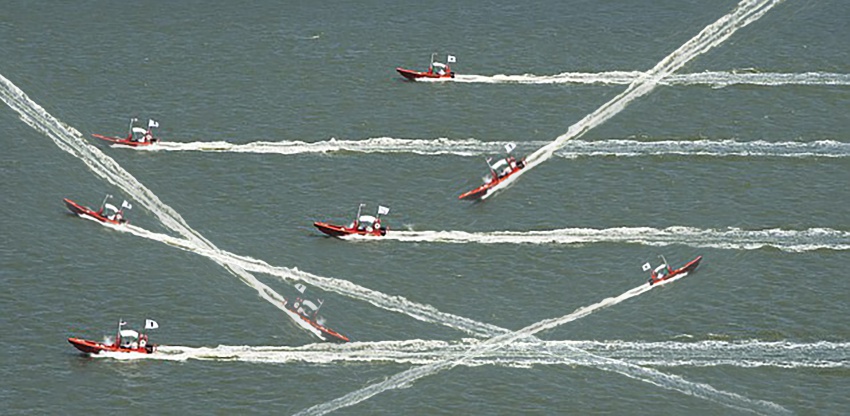Difference between revisions of "Msc1G2:Group"
From ex25
| Line 5: | Line 5: | ||
<div style="height:30px; width: 850px; margin:0px; padding: 0px; padding-top: 20px; border: 0px;"> | <div style="height:30px; width: 850px; margin:0px; padding: 0px; padding-top: 20px; border: 0px;"> | ||
<div style="float:left; width: 158px; height 30px; border: 1px solid #aaa; margin-right:10px; " align="center"> | <div style="float:left; width: 158px; height 30px; border: 1px solid #aaa; margin-right:10px; " align="center"> | ||
| − | [[Msc1G2:Group|''' | + | [[Msc1G2:Group|'''Concept''']] |
</div> | </div> | ||
<div style="float:left; width: 158px; height 30px; border: 1px solid #aaa; margin-right:10px; " align="center"> | <div style="float:left; width: 158px; height 30px; border: 1px solid #aaa; margin-right:10px; " align="center"> | ||
| − | [[Msc1G2:Student1|''' | + | [[Msc1G2:Student1|'''Systeme''']] |
</div> | </div> | ||
<div style="float:left; width: 158px; height 30px; border: 1px solid #aaa; margin-right:10px; " align="center"> | <div style="float:left; width: 158px; height 30px; border: 1px solid #aaa; margin-right:10px; " align="center"> | ||
| − | [[Msc1G2:Student2|''' | + | [[Msc1G2:Student2|'''Programm''']] |
</div> | </div> | ||
<div style="float:left; width: 158px; height 30px; border: 1px solid #aaa; margin-right:10px;" align="center"> | <div style="float:left; width: 158px; height 30px; border: 1px solid #aaa; margin-right:10px;" align="center"> | ||
| − | [[Msc1G2:Student3|''' | + | [[Msc1G2:Student3|'''Module''']] |
</div> | </div> | ||
<div style="float:left; width: 158px; height 30px; border: 1px solid #aaa; margin-right:10px" align="center"> | <div style="float:left; width: 158px; height 30px; border: 1px solid #aaa; margin-right:10px" align="center"> | ||
| − | [[Msc1G2:Student4|''' | + | [[Msc1G2:Student4|'''Structure''']] |
</div> | </div> | ||
</div> | </div> | ||
| Line 26: | Line 26: | ||
Almost all of the world’s big cities are situated next to a river. Thinking of increasing population, decline of usable public space and more and more built infrastructure, an important question to be answered is what role can water areas play in our future dynamic cities? The answer is interactive intelligent landscapes – Swarmscapes – which will make use of the water without obstructing its valuable area permanently. Consisting out of modules, these landscapes are capable of providing both additional urban space and performing a new way of infrastructure for pedestrians to cross the water without built bridges. | Almost all of the world’s big cities are situated next to a river. Thinking of increasing population, decline of usable public space and more and more built infrastructure, an important question to be answered is what role can water areas play in our future dynamic cities? The answer is interactive intelligent landscapes – Swarmscapes – which will make use of the water without obstructing its valuable area permanently. Consisting out of modules, these landscapes are capable of providing both additional urban space and performing a new way of infrastructure for pedestrians to cross the water without built bridges. | ||
</div> | </div> | ||
| − | |||
| − | |||
| − | |||
| − | |||
| − | |||
| − | |||
| − | |||
| − | |||
| − | |||
| − | |||
| − | |||
| − | |||
| − | |||
| − | |||
| − | |||
| − | |||
| − | |||
| − | |||
| − | |||
| − | |||
| − | |||
| − | |||
| − | |||
| − | |||
| − | |||
| − | |||
| − | |||
| − | |||
| − | |||
| − | |||
| − | |||
| − | |||
| − | |||
| − | |||
| − | |||
| − | |||
| − | |||
| − | |||
| − | |||
| − | |||
| − | |||
| − | |||
| − | |||
| − | |||
Revision as of 13:13, 4 November 2015
Almost all of the world’s big cities are situated next to a river. Thinking of increasing population, decline of usable public space and more and more built infrastructure, an important question to be answered is what role can water areas play in our future dynamic cities? The answer is interactive intelligent landscapes – Swarmscapes – which will make use of the water without obstructing its valuable area permanently. Consisting out of modules, these landscapes are capable of providing both additional urban space and performing a new way of infrastructure for pedestrians to cross the water without built bridges.
